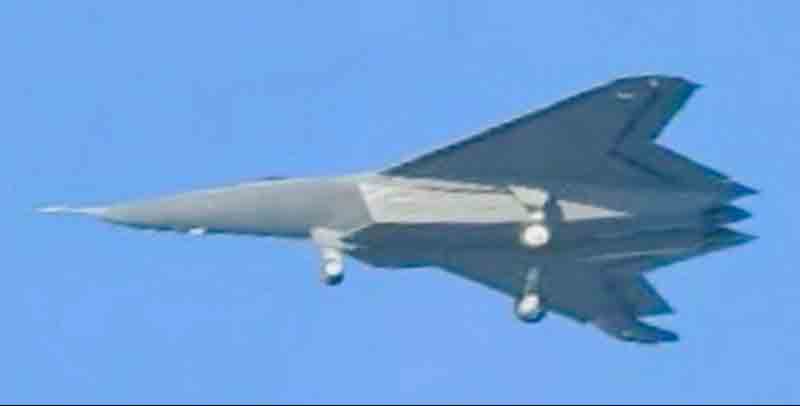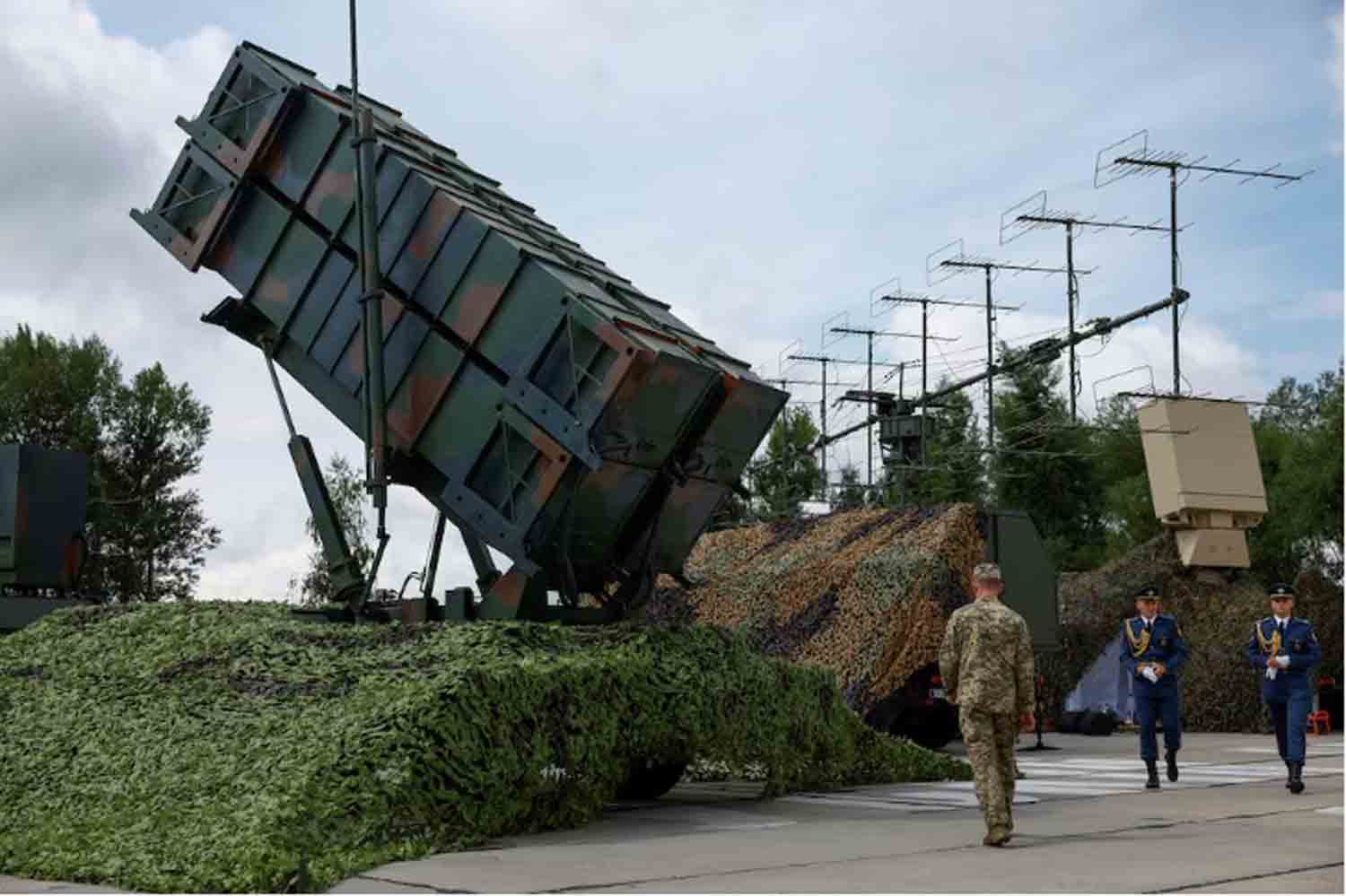The rapid acquisition of advanced multi-role combat aircraft (MRCA) by countries in Southeast Asia is transforming the regional air power dynamics, increasing the urgency for Malaysia to modernize its aging fleet and maintain its significance in an increasingly competitive airspace.
From 2025 to 2028, the region is anticipated to see the introduction of several next-generation fighter aircraft, marking a strategic evolution in air combat capabilities within ASEAN.
Thailand plans to enhance its Royal Thai Air Force with the JAS-39 Gripen E/F, a sophisticated 4.5-generation fighter recognized for its exceptional sensor integration, maneuverability, and battlefield connectivity through the Swedish-developed Tactical Data Link (TDL).
Indonesia is gearing up to incorporate the French-manufactured Dassault Rafale, which features advanced AESA radar, Meteor beyond-visual-range air-to-air missiles, and the Spectra electronic warfare suite. Additionally, the F-15EX Eagle II is being considered to further support Jakarta’s aerial objectives.
The Philippines, which has traditionally depended on subsonic aircraft for air defense, is nearing the completion of its inaugural MRCA procurement, with the Saab Gripen and Lockheed Martin’s F-16 Block 70 competing closely, now joined by the promising KF-21 “Boramae” from Korea Aerospace Industries (KAI). The KF-21, a 4.5-generation stealth-optimized fighter designed for future upgrades to fifth-generation capabilities, offers a cost-effective advancement for air forces aiming to transition into the next phase of combat aviation.
Singapore, recognized as the regional leader in defense technology, is set to deploy the short take-off and vertical landing (STOVL) F-35B Lightning II, granting the Republic of Singapore Air Force (RSAF) unparalleled flexibility and stealth in forward operations.
The arrival of advanced military platforms signifies a significant shift in the airpower dynamics of the region, leading to strategic reassessments by countries that have not yet modernized at a similar rate.
Myanmar has recently received six Su-30 fighters from Russia, while Vietnam is considering options to enhance its Su-30MK2 fleet with next-generation aircraft to strengthen its deterrent and response capabilities, especially in maritime operations.
In this context, the Royal Malaysian Air Force (RMAF) is increasingly dependent on fourth-generation aircraft, specifically the Russian-made Su-30MKM and the American F/A-18D Legacy Hornet. Both of these platforms are finding it challenging to compete with more advanced opponents.
Currently, Malaysia operates 18 Su-30MKMs, which are agile air superiority fighters based on the Su-30MKI design, along with eight F/A-18Ds that have been reliable for over 20 years but now fall short in terms of radar, sensor integration, and network-centric warfare capabilities.
The potential acquisition of over 30 surplus F/A-18C/D Hornets from the Kuwaiti Air Force could provide a temporary solution to operational deficiencies, but its realization depends on the approval from the U.S. State Department and the overall geopolitical stance of the Biden administration.
While the acquisition of these second-hand Hornets may temporarily enhance fleet numbers, they serve primarily as a short-term solution—beneficial but not revolutionary in light of the evolving regional airpower landscape.
In May 2023, Malaysia entered into a RM4 billion agreement to acquire 18 FA-50M Block 20 light combat aircraft from KAI, marking a significant yet modest initial step towards modernizing its tactical air capabilities. The FA-50M, although the most advanced version of the T-50 series, is still classified as a light fighter with limited payload and range, making it more appropriate for air policing and light strike missions rather than high-intensity multi-role combat operations.
Malaysia intends to phase out the F/A-18Ds by 2035 and the Su-30MKMs by 2040, aligning with the Royal Malaysian Air Force’s long-term transformation strategy known as “CAP55,” which aims for a more streamlined and technologically advanced force. Both the Su-30MKMs and F/A-18Ds are currently undergoing Mid-Life Upgrade (MLU) programs to extend their operational lifespan and enhance their mission capabilities. However, even with these upgrades, there are concerns about their ability to compete with the performance standards of emerging 4.5 and fifth-generation aircraft.
This developing “capability gap” has raised significant alarm among strategic planners and defense analysts, who worry that Malaysia could fall irretrievably behind in the regional military-technology competition if prompt actions are not taken.
There are increasing signs that the Ministry of Defence and the RMAF are considering ways to expedite the next phase of MRCA procurement, motivated in part by a worsening regional security situation and the escalating power rivalry between the United States and China.
As Malaysia prepares to launch its 13th Malaysia Plan in 2026, defense strategists are reportedly beginning preliminary assessments of potential candidates for multirole combat aircraft (MRCA) to be inducted between 2035 and 2040.
Sources indicate that the shortlist features fifth-generation aircraft, including Russia’s Su-57 “Felon,” which is equipped with supercruise capabilities, stealth design, and internal weapon storage, as well as the KF-21 Boramae. The KF-21, while currently classified as a 4.5-generation fighter, is designed with advanced radar, modular avionics, and a stealth-optimized airframe, paving the way for achieving fifth-generation standards. KAI has publicly stated its intention to upgrade the KF-21 into a full fifth-generation fighter, incorporating internal weapon bays, improved stealth coatings, and AI-driven mission systems in future iterations.
From a strategic perspective, the growing disparity between Malaysia’s air combat capabilities and those of its regional counterparts—especially Indonesia and Singapore—is becoming increasingly evident. This gap is being exacerbated by the ongoing delivery of new aircraft and fleet enhancements in the region. Indonesia’s plans to introduce Rafales and possibly F-15EXs, along with Singapore’s upcoming integration of the F-35B, place both nations at the leading edge of airpower advancements, thereby diminishing Malaysia’s position in high-stakes aerial combat scenarios.
If the Malaysian government and defense sector do not act swiftly, the Royal Malaysian Air Force (RMAF) may be downgraded to a secondary force, inadequately prepared to deter or confront near-peer threats in increasingly unstable regions.
One critical area of concern is the South China Sea, where Malaysian aircraft are increasingly compelled to operate near the highly advanced and assertive People’s Liberation Army Air Force (PLAAF), which is ramping up its fighter patrols in both frequency and sophistication.
China has already deployed its fifth-generation J-20 “Mighty Dragon” in the South China Sea, a stealth fighter equipped with AESA radar, advanced data links, and supercruise capabilities, all designed to secure air superiority in high-threat scenarios.
By 2030, China is anticipated to introduce operational sixth-generation fighters, particularly the CAC J-36 and Shenyang J-50, which are currently in experimental testing and may soon accompany J-20s in patrolling the contested airspace of disputed maritime regions.
The advent of sixth-generation Chinese aircraft, likely featuring capabilities such as drone teaming, directed energy weapons, and ultra-stealth designs, signifies a significant escalation in the regional aerial threat landscape.
As Malaysia navigates this increasingly intricate and militarized airspace, the focus has shifted from merely counting fleet numbers or replacement schedules to ensuring strategic relevance, credible deterrence, and national sovereignty in an age of advanced warfare.
The upcoming years will require not only upgrades to hardware but also a realistic reassessment of Malaysia’s defense strategy to guarantee its ability to operate, endure, and succeed in the evolving battlespace of Southeast Asia.
How Malaysia addresses this challenge will determine the future of the RMAF and the country’s position within the changing security framework of the Indo-Pacific.
Discover more from Defence Talks | Defense News Hub, Military Updates, Security Insights
Subscribe to get the latest posts sent to your email.





